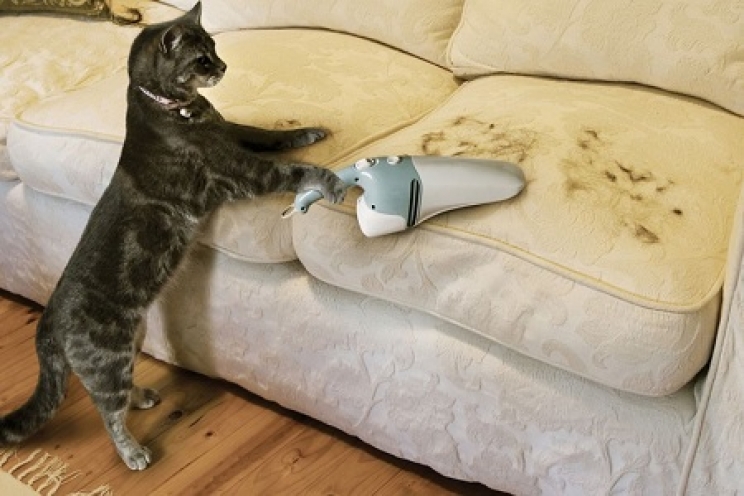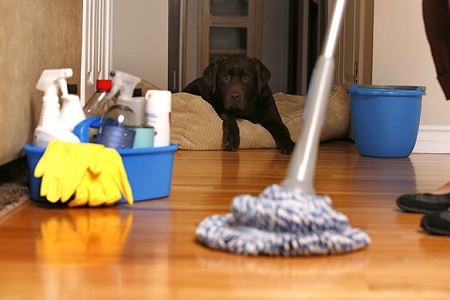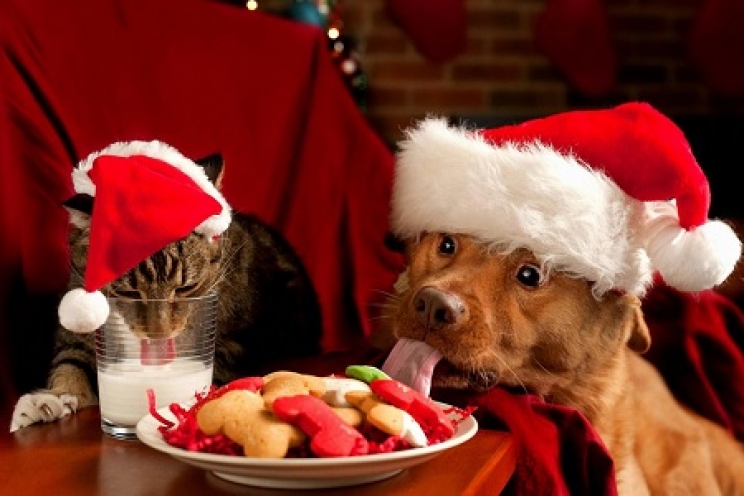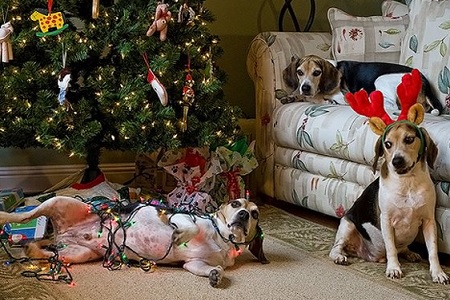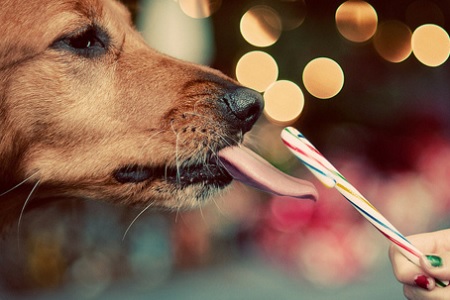If until a few years ago it was difficult to recognize fundamental animal rights, today all the battles and progress carried out by volunteers and animal lovers begin to be noticed more and more every day. Among the most innovative awards, there is certainly the insurance one, which allows owners of dogs and cats to take out policies against accidental damage suffered or caused by their pet, as well as the possibility of receiving greater health protection. How do these policies work and what kind of damages do they cover?
Civil liability
In the specific case of insurance for cats, the situations covered by the policies are different from those for dogs, which we have already dealt with in a specific article.
The cat, in fact, will hardly be able to chase an angry victim intent on jogging in the park, just as it will rarely be able to bite a dog without being provoked. It is also true, however, that some cats can be really possessive, even attacking the guests who come to our house with their claws. At the same time, its common to hear stories of dogs being hit by a cat's "paw" in the eye.
In essence, cats tend to attack only when provoked. This is the case, for example, of children who mistake the house cat for a toy, pulling its tail or disturbing it while it is intent on sleeping or eating. Quite simply, cats are very independent and require great respect for their spaces. It may happen that some felines are more tolerant towards humans and other animals, but in most cases, they will react aggressively if disturbed.
If your cat belongs to the category of less tolerant felines, you could opt for an insurance that protects any damage caused to things or people, including other animals. It is a common civil liability policy, with insurance characteristics very similar to those provided for our car.
Basically, this type of policy guarantees the owner an economic protection to cover the damage caused by his animal, whether he has attacked a person or another animal, or if he has irreparably broken an object of value, walking on the shelves of the house.
Accidents and illnesses
Another type of guarantee offered by the main pet policies is the one that protects the owners' pockets in case of injury or illness.
This category mainly includes situations that occur due to external factors, for example in the event that our cat is hit by a car or is mistreated by someone with bad intentions.
In these circumstances, and in others of this type, we may receive partial or full reimbursement of the cost of treatment and any surgery, including hospitalization, rehabilitation, treatment and diagnostic testing costs.
On the other hand, all congenital or hereditary diseases, as well as any neoplasms, are excluded, since insurance policies are mainly based on the risk that certain situations may occur. In these cases, the risk is always quite high and predictable.
You can also apply this for protection in the event of your cat's death from injury.
Many policies for cats also provide the possibility of requesting advice from a veterinarian affiliated with the insurance company, in order to obtain a second opinion regarding the cost and methods of intervention. At the same time, it is possible to take advantage of a legal service able to protect us to carry out any complaints.
Situations excluded from compensation
Various situations are excluded from the policy, based on the type of contract to be stipulated. The most common are:
- Intervention of sterilization or castration;
- Dental surgery;
- Eye interventions not caused by accidents;
- Food and supplements;
- Caesarean;
- Vaccinations;
- Pesticides;
- Diseases which can be prevented with compulsory vaccinations;
- Damage caused by family members.
At the time of the contract, the cat must be in good health, regularly vaccinated for the main infectious diseases and must have a valid and updated health booklet.

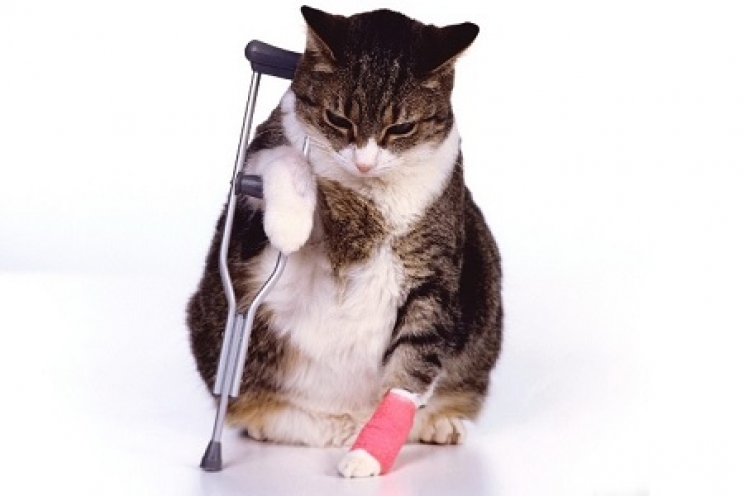
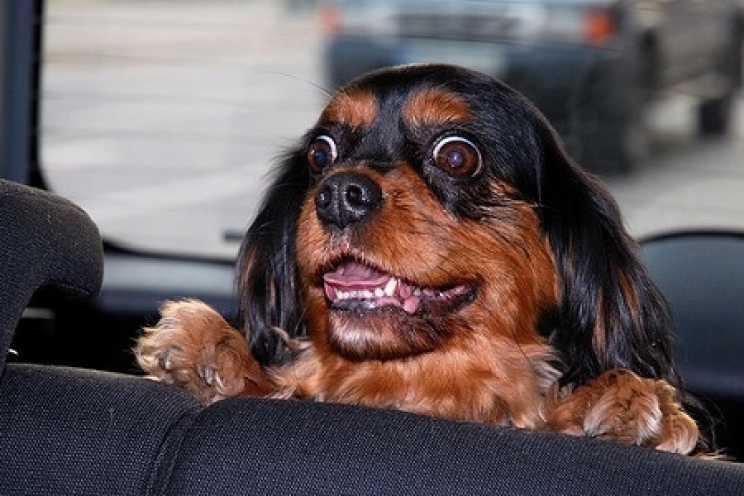
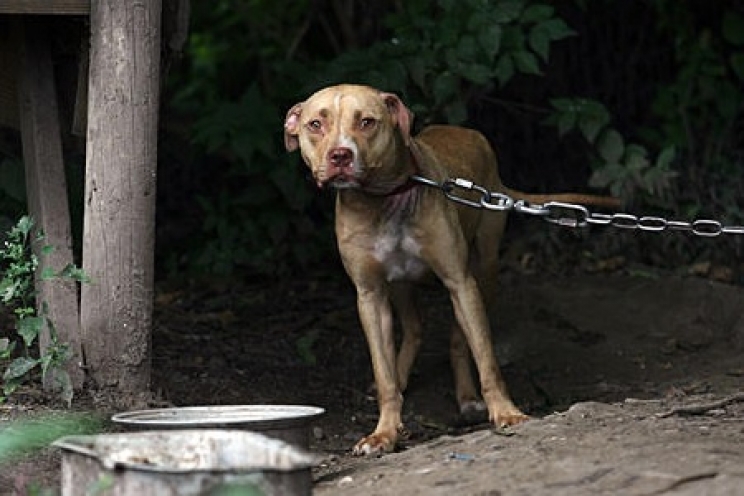
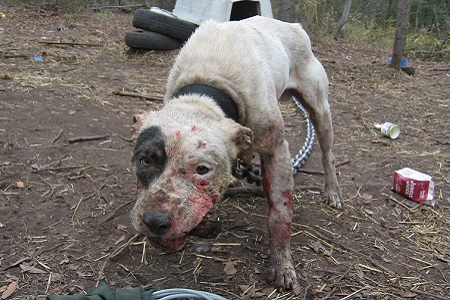
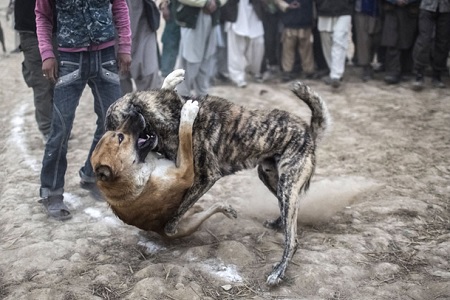
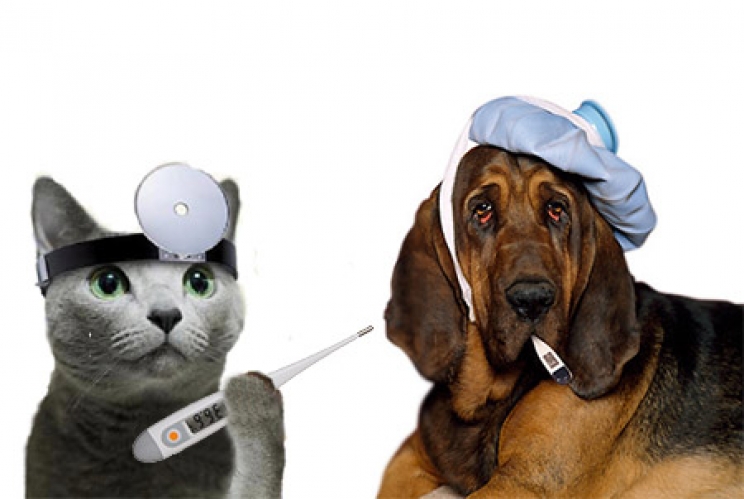
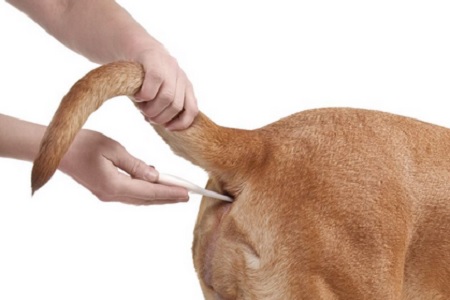 Lately, digital thermometers now allow you to measure the temperature directly from the animal's ears. In any case, the temperature is taken more accurately via rectum.
Lately, digital thermometers now allow you to measure the temperature directly from the animal's ears. In any case, the temperature is taken more accurately via rectum.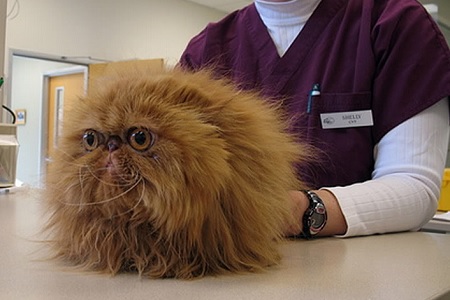 However, a slight increase in temperature can be considered normal in some situations. For example:
However, a slight increase in temperature can be considered normal in some situations. For example: